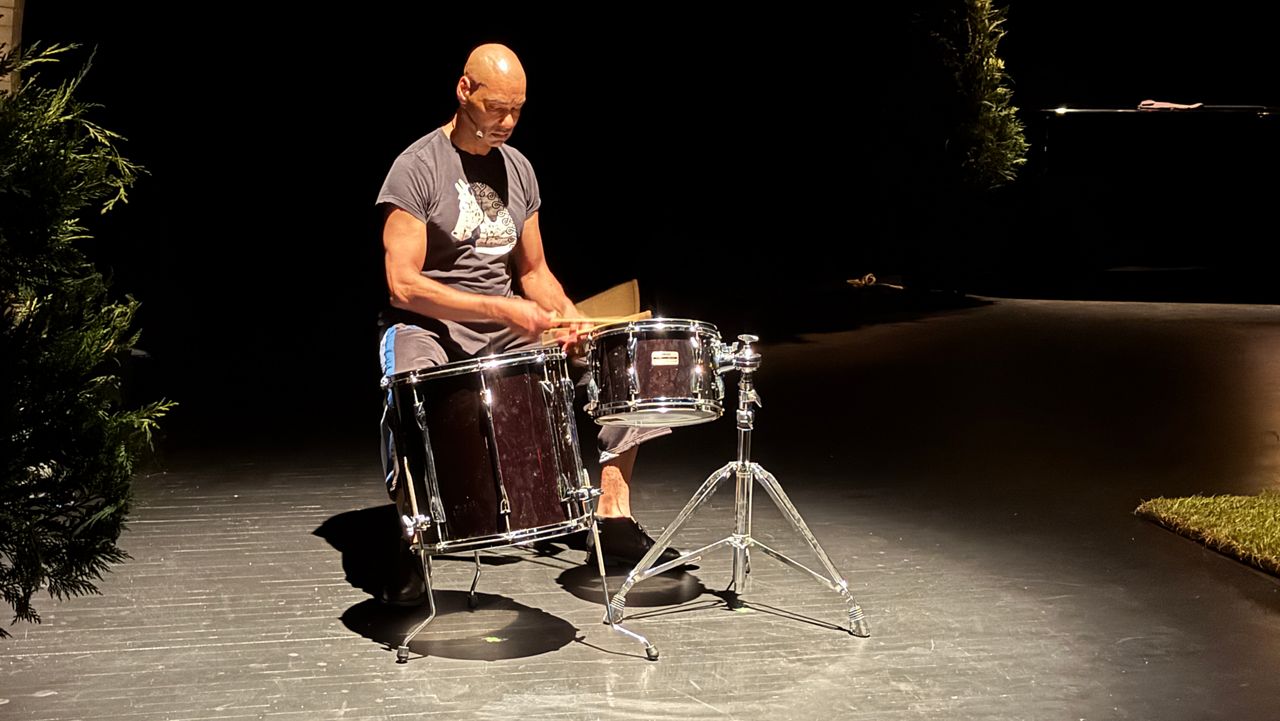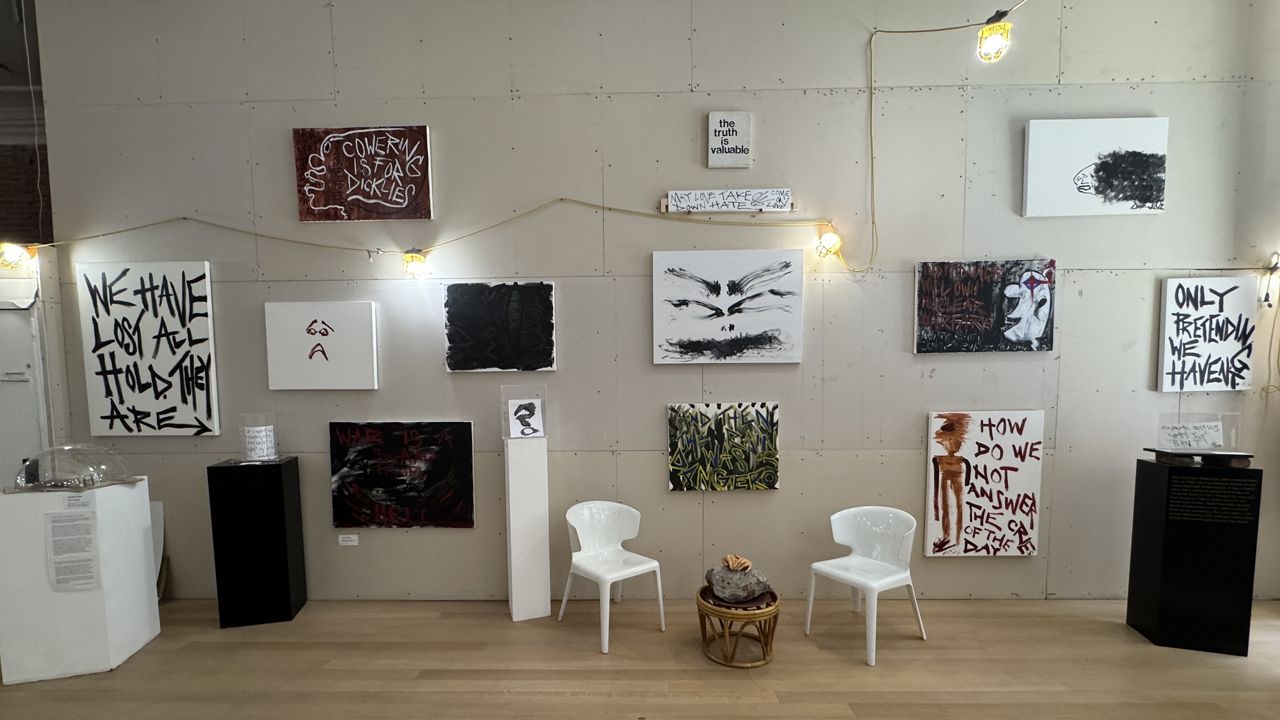'Twas the night before Christmas, when all through the house, not a creature was stirring — well, you know the rest.
It’s the classic poem “A Visit From St. Nicholas,” also known as “The Night Before Christmas.” It was written by Clement Clarke Moore, published anonymously in 1823.
“Someone was so enthusiastic about it they sent it up to a family friend in Troy, New York who had it inserted in the paper,” Peter Klarnet, senior specialist of books and manuscripts at Christie’s, said.
What You Need To Know
- A rare copy of "A Visit From St. Nicholas," written by author Clement Clarke Moore, is on sale at Christie's
- It's one of only five known copies made by Moore of the famous Christmas poem
- Moore wrote the poem for his children, and it was first published anonymously in a Troy, New York newspaper in 1823
It’s the place where one of the five known copies that Moore made of the poem is being offered for private sale.
“This one was actually made for an old friend of his, a Dr. Chilton, who was also a professor of chemistry and natural philosophy in New York, came over from England in around 1800, and this was actually given to his son Robert S. Chilton, who was a member of the Foreign Service, he was consulate to Canada for a number of years,” Klarnet said.
Moore himself was a scholar and real estate developer who lived in Chelsea. A plaque commemorating the poem’s writing is located on West 23rd Street. There is a playground is named for him on the former family property, where the General Theological Seminary was built on land he donated. So how did Klarnet track this piece of holiday history down?
“The owners contacted me about this and asked my opinion about it, I took a look and I said my lord, this is the fifth known copy of Clement Clarke Moore’s ''Twas the Night Before Christmas,' and this is an amazing thing,” Klarnet said.
There is also a letter to the Chilton family from Moore acknowledging they had a copy, and a letter from a Scribner’s editor acknowledging they took a photo of the copy and published it in a magazine appropriately called St. Nicholas. The estimated value of the pieces is around $500,000. Klarnet says it’s a piece of writing that was influential when it comes to the celebration of Christmas.
“When you think about New York as a great shaper of culture, well, New York does lay that claim, I think between this poem and Thomas Nast’s rendering of Santa Claus, about 20 years after this poem was done, basically are the two things that form our modern conception of Christmas,” Klarnet said.









_PKG_NYK_ORGANIST_CG_134164139_253)

